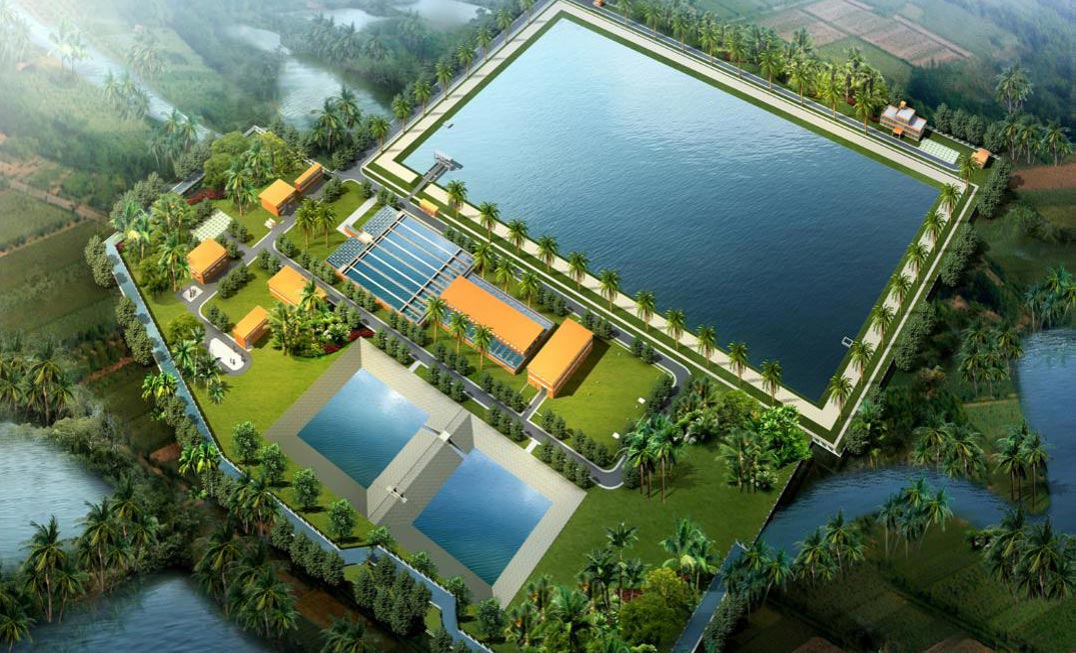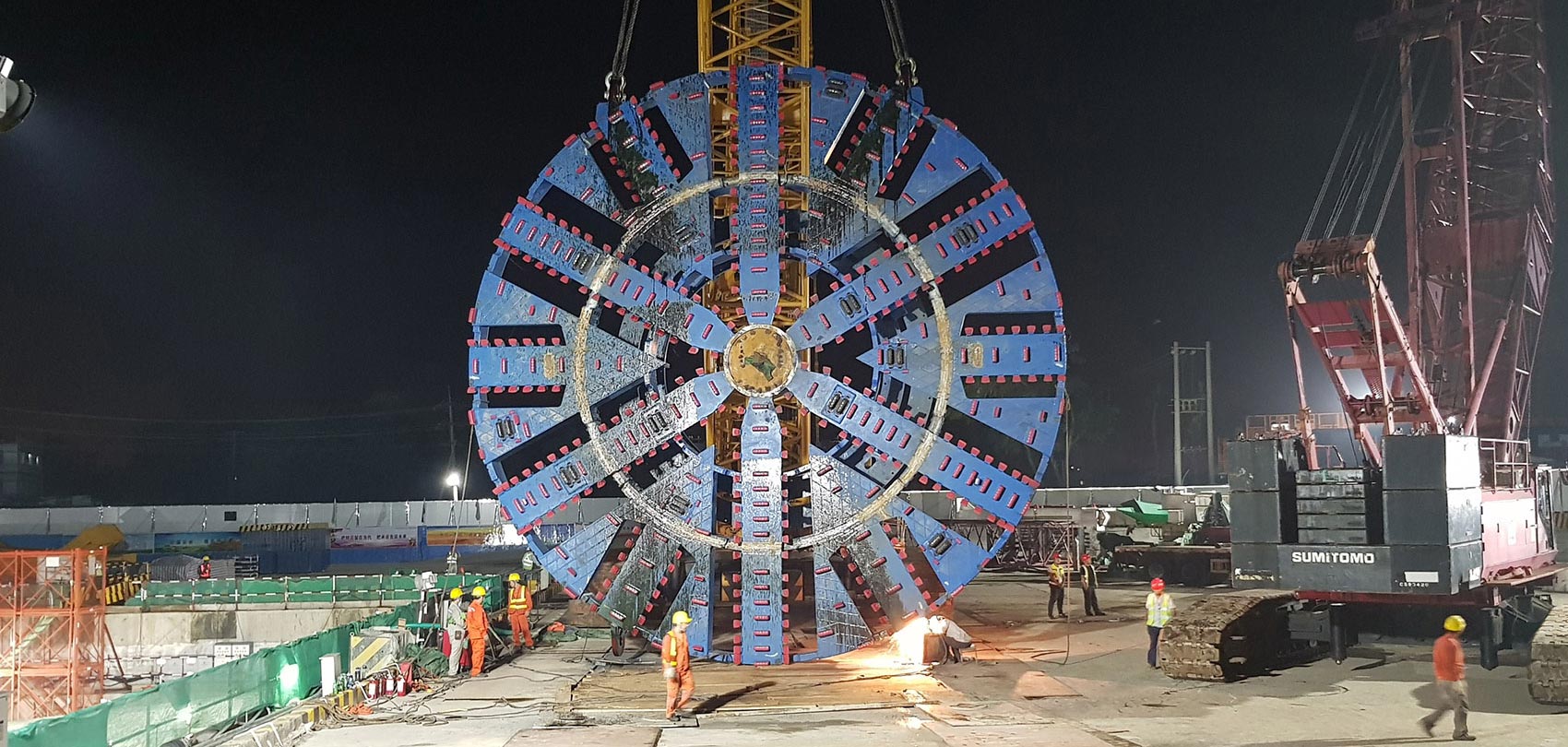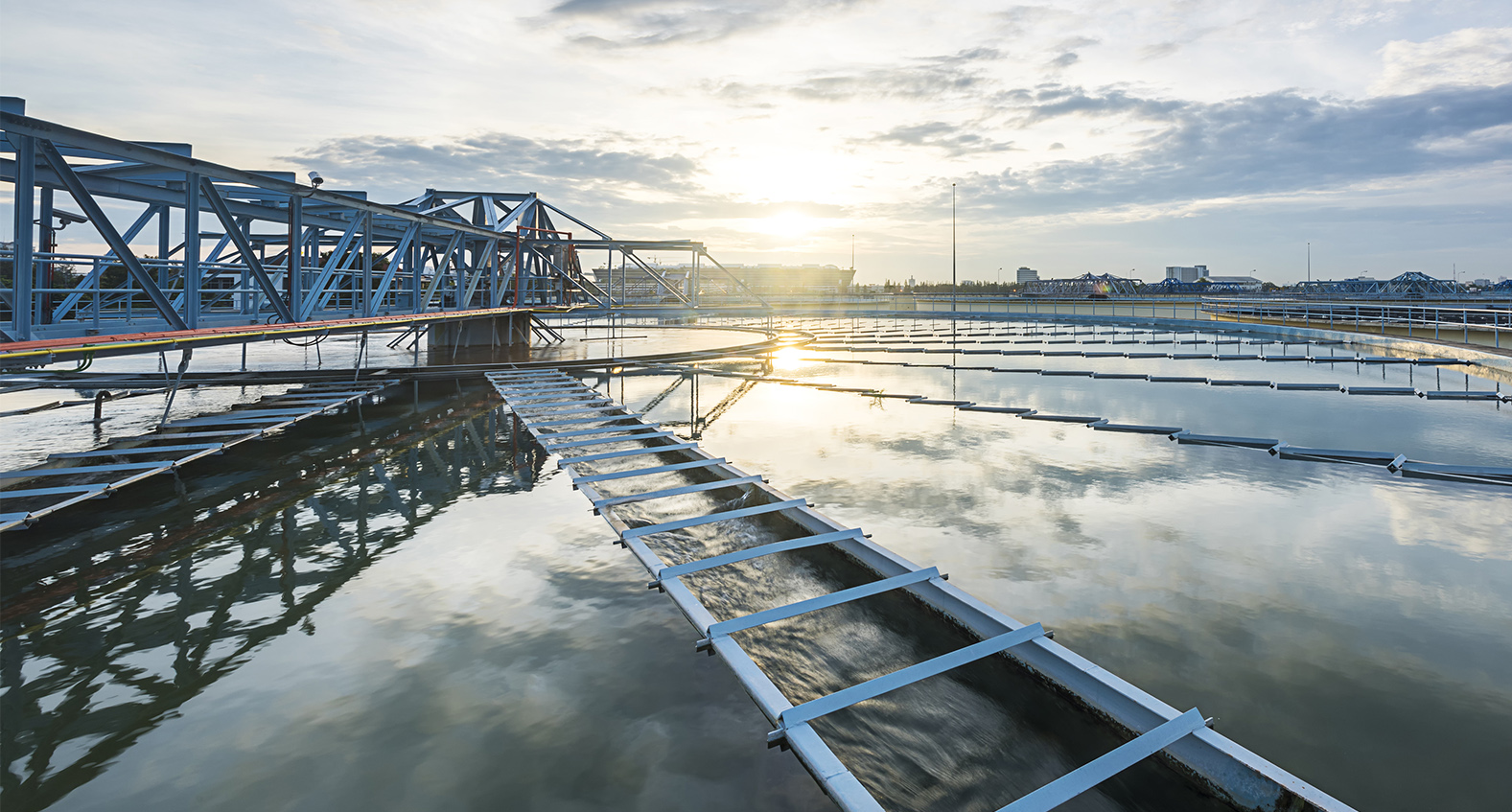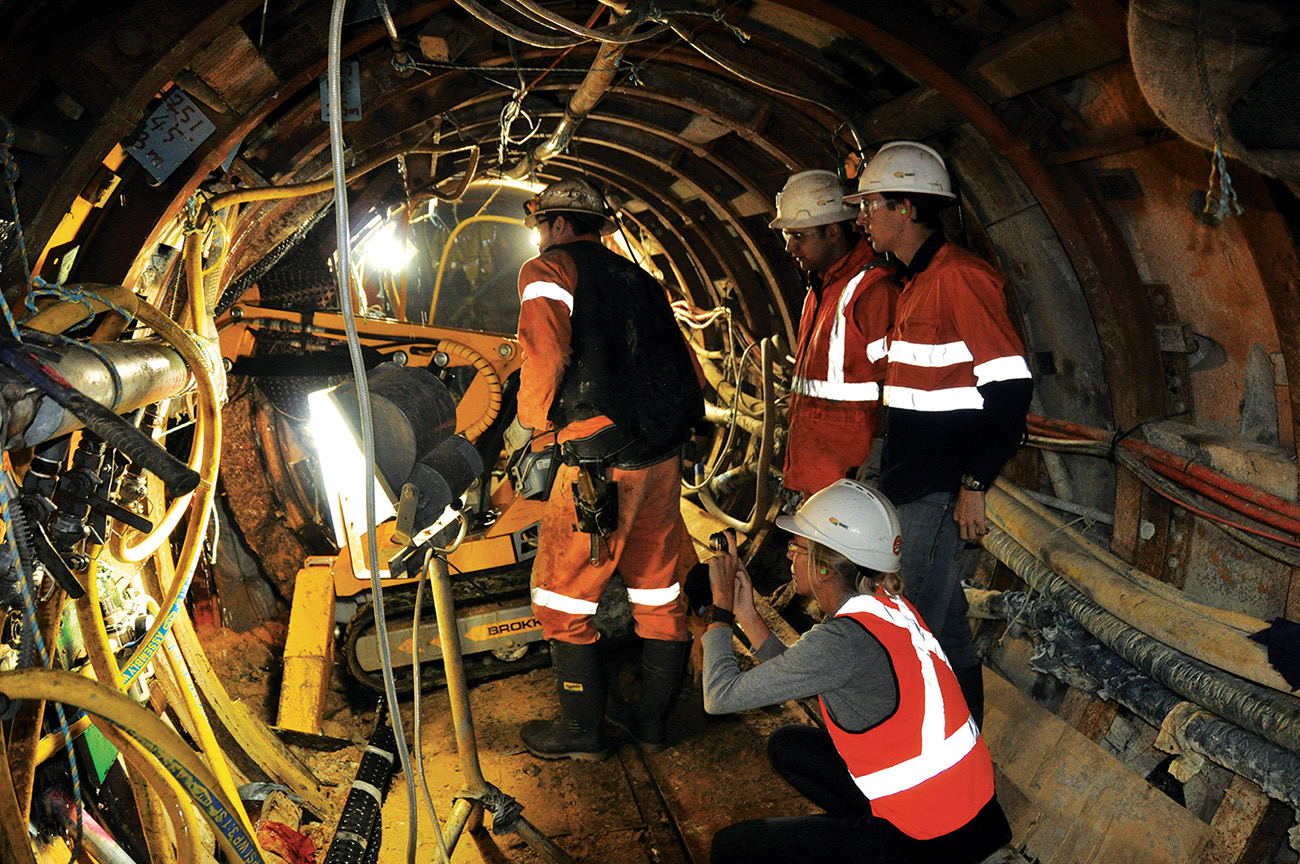

SMEC also supported the Khulna Water Supply and Sewerage Authority (KWASA) – a relatively new water entity – with institutional reform, financial management and accounting, public utility management and community development, as well as monitoring and evaluation of the project.
Launched in 2012, the sheer scale of the project coupled with the unique environment meant overcoming several significant hurdles in the design and construction phases.
Due to land acquisition issues, the site layout plan was changed three times within the Surface Water Treatment Plant (SWTP) and intake areas.
“The design team had to revise the foundation design, pile dimensions and footings several times to meet the challenges of variation orders,” Mr Faruque said.
There were also dewatering issues during the concreting of the canal bottom slab and vertical wall. The dewatering process, which involved extracting and removing water from the intake area, had to be completed before constructing the bottom slab and vertical wall of the intake canal.
“We recommended that the contractor install 24 deep tube wells around the intake canal. These wells were operated continuously by motor for a period of three months, “explained Mr Faruque.
“Also due to the site conditions, we used reinstated ductile iron (DI) pipes so that the dewatering system could be operated without any hindrances.
“It was important for us to think outside of the box and challenge our theories so that we could bring this project to life, and I’m really proud of what we have achieved,” he added.
The water supply facilities of the project are significant and include one water intake with a capacity of 110,000m3 per day, a 33-kilometre raw water transmission pipeline, an impounding reservoir of 775,000 m3 and a water treatment plant.
As part of the project, a 706-metre-long steel pipeline with a one metre diameter was installed under the Rupsha River. This was completed using the horizontal directional drilling technique, making it the largest water supply pipeline to be constructed under a river in Bangladesh using this method.
In response to high flood levels during 2017, SMEC’s teams revised the design using numerical models to better protect against future river activity and potential climate change. A key element of the project was to ensure the facilities were constructed to be climate proof and produce an environmentally sustainable water supply.
“Bangladesh has increasing salinity intrusion along its rivers due to sea levels rising,” explained Mr. Faruque.
“By using only raw water from the river and avoiding the common practice of extracting unsustainable ground water, we have made a substantial difference to not only Khulna’s people but also its environment,” he said.
Related
Insights
 Breaking new ground on Bangladesh’s first underwater tunnel
Breaking new ground on Bangladesh’s first underwater tunnel
Bangladesh is a country of rivers. The Karnaphuli River services the city of Chattogram (formerly called Chittagong), the largest sea port of Bangladesh. With the rapid development of southeast Bangladesh, especially in the regions south of Chattogram, the two existing bridges over the Karnaphuli River are inadequate to accommodate the increase in traffic. With a population of over six million, the heavily congested city of Chattogram is closely surrounded on the east by the Chittagong Hill Tracts and the west by the Bay of Bengal, making an additional bridge type crossing of the Karnaphuli River unviable.
 A circular economy for water: water demand and fit for purpose supply
A circular economy for water: water demand and fit for purpose supply
Australia, and the world, is increasingly seeing the effect of climate change on our water supply and security. Scarcity and drought are becoming more prevalent, placing pressure on the current water supply network, and communities are expecting better solutions. As we mark National Water Week in Australia and prepare for summer, it is time to discuss how we best utilise our existing water supplies and create a more resilient future.
 Collaboration key to successful community outcomes for water resilience projects
Collaboration key to successful community outcomes for water resilience projects
The Murray-Darling Basin is an area of vast significance to Australia. It plays a crucial role in Australia’s food supply network, producing over 40% of our agricultural produce, and is home to 35 endangered species and 16 internationally significant wetlands. It supports over 2.2 million Australians, including 40 different First Nations communities.





